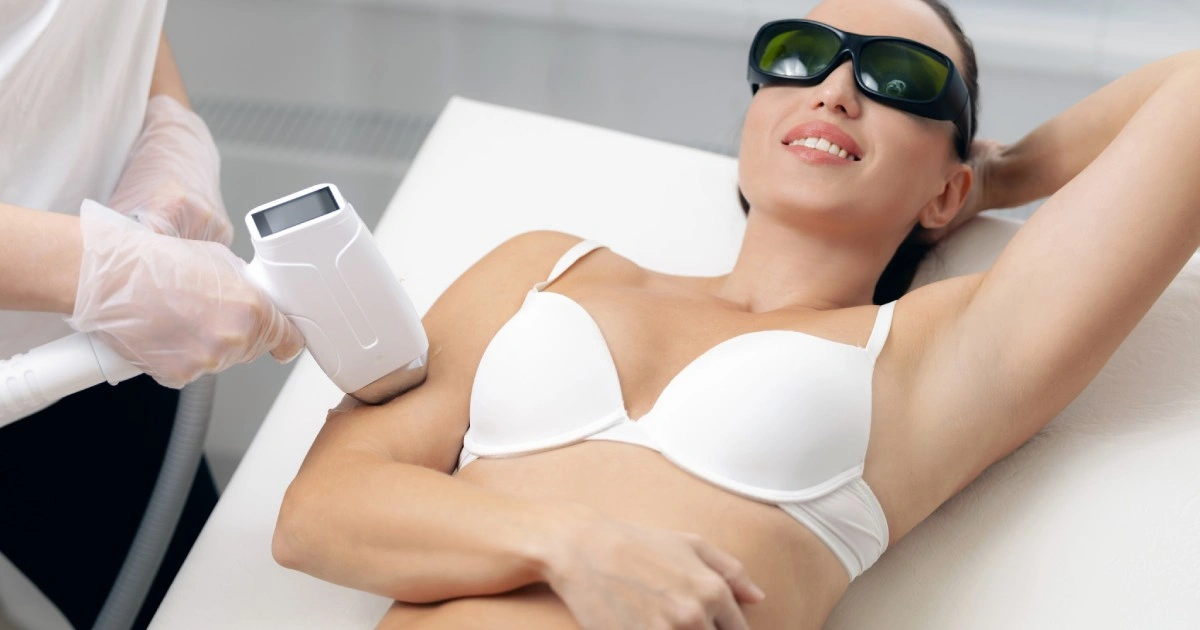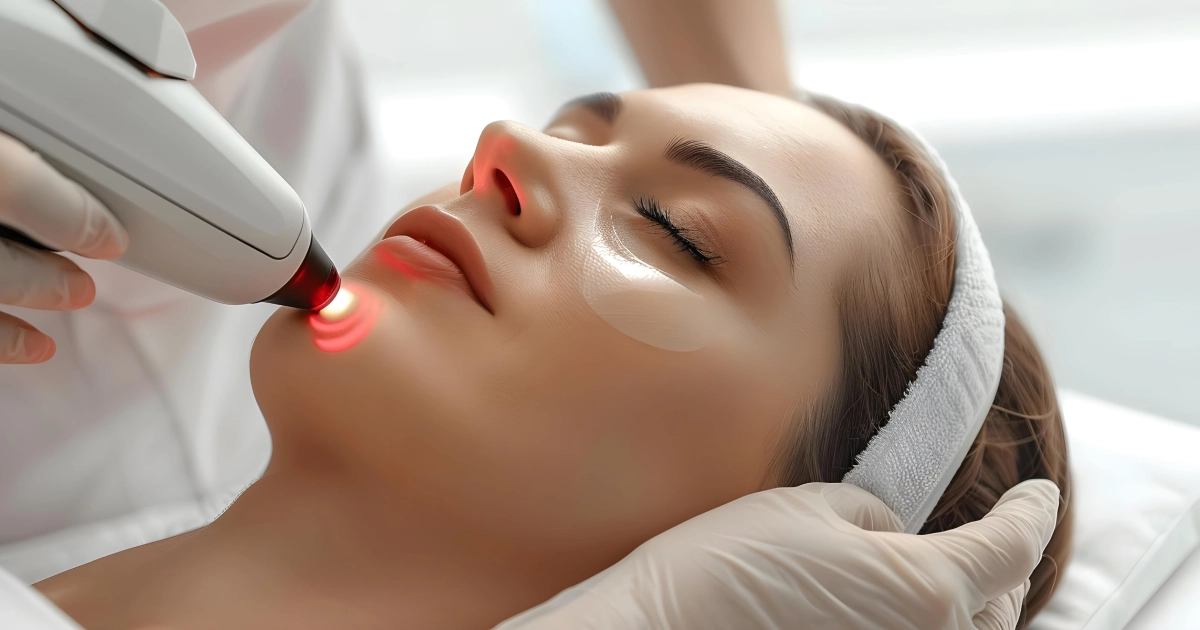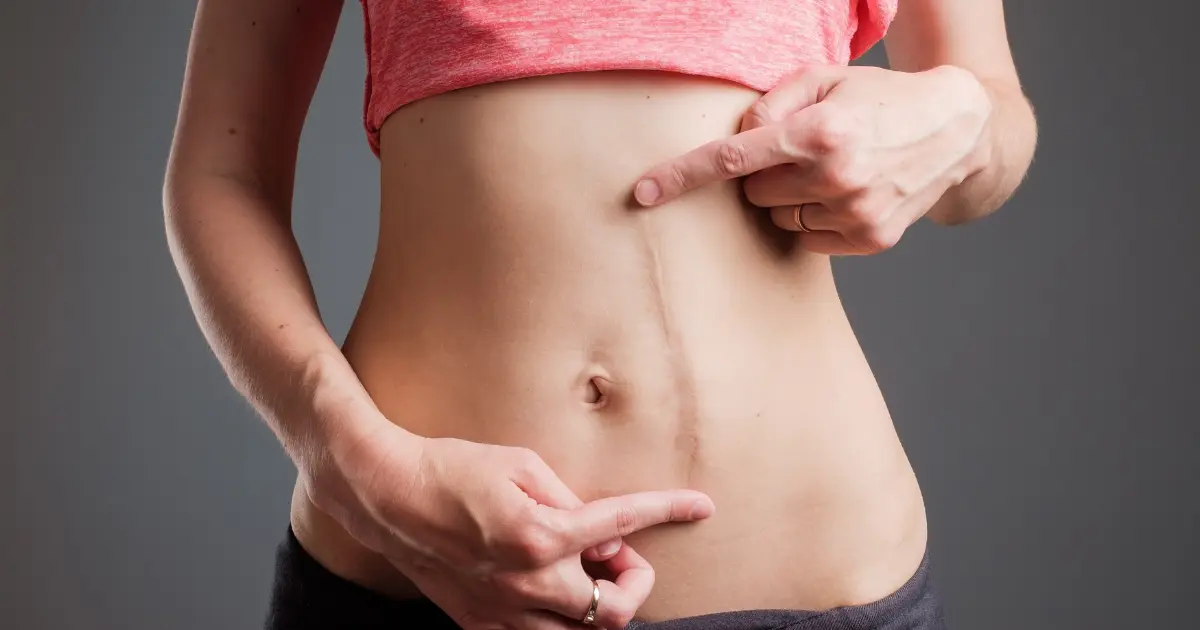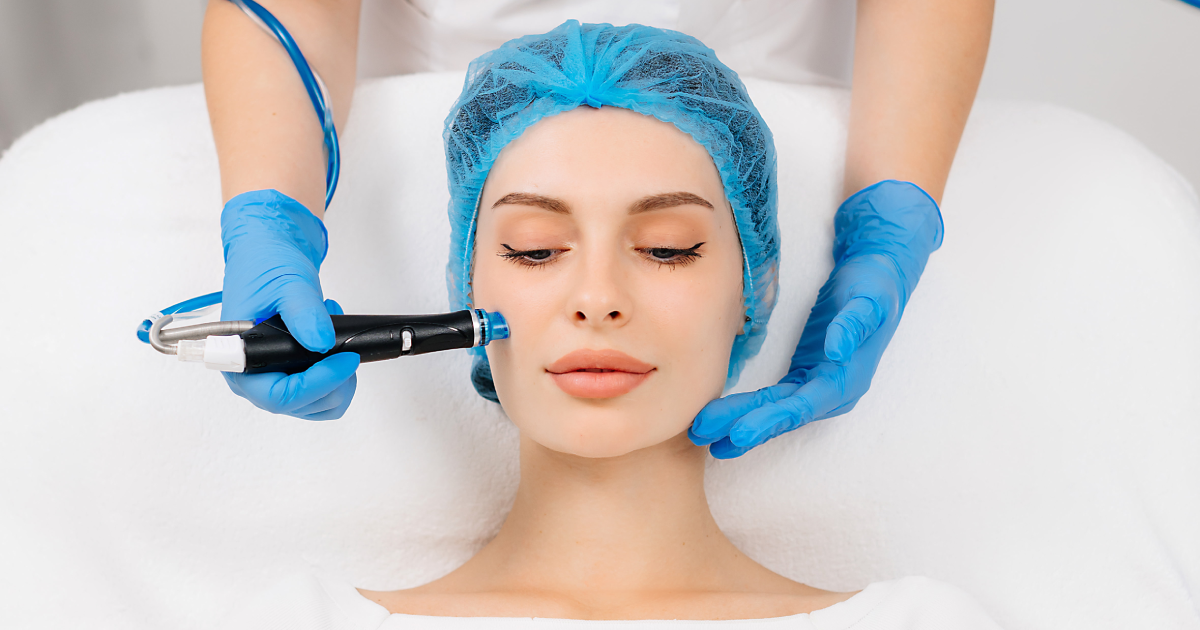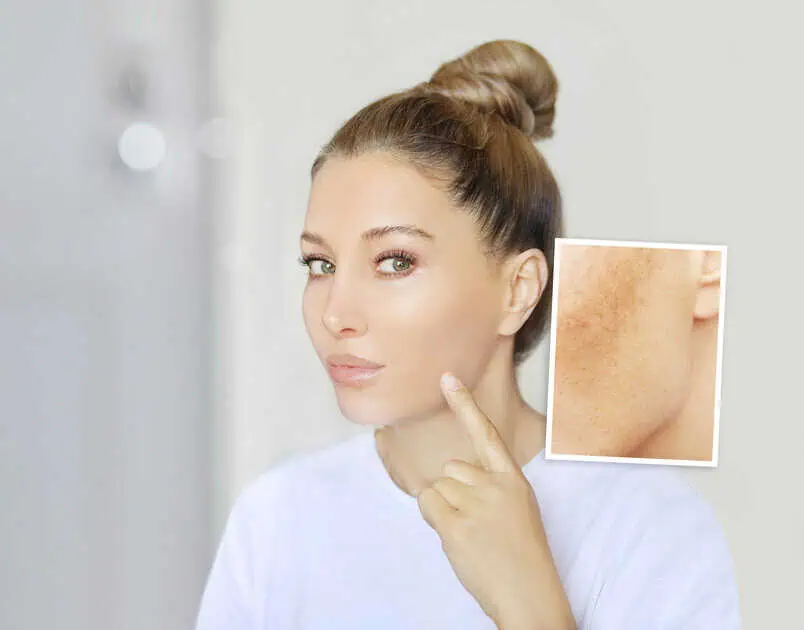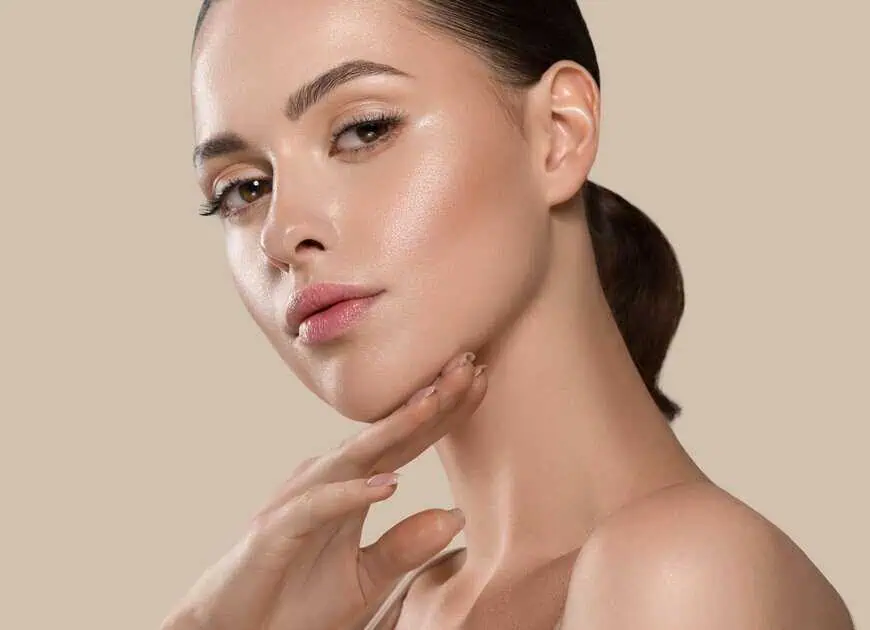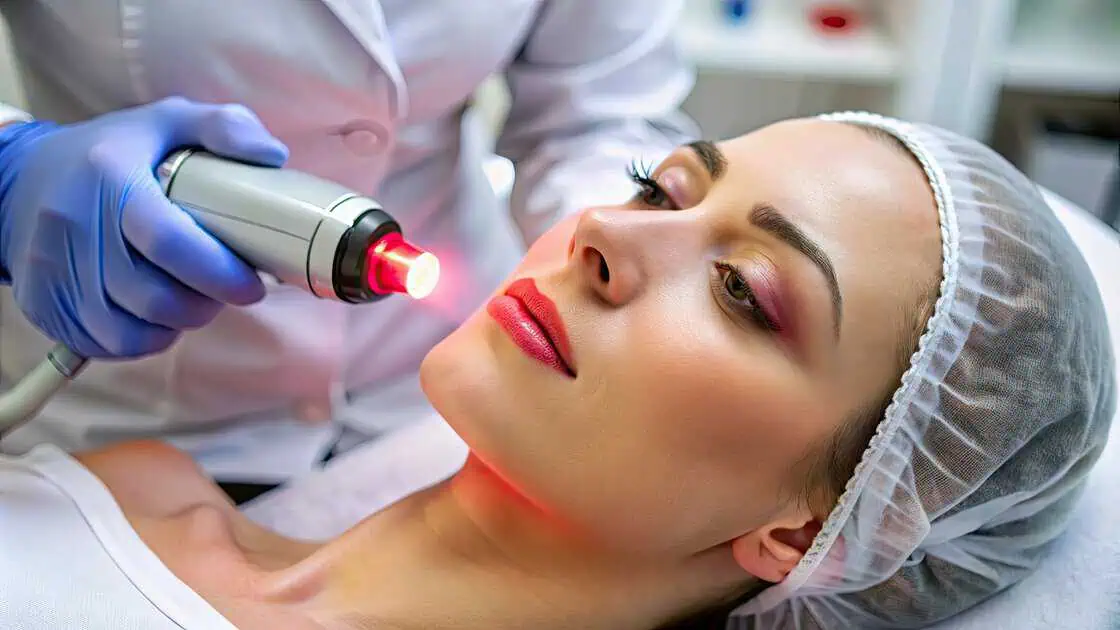Table of Contents
Scars can be a reminder of the past, caused by acne, surgery, or injuries. Scars often leave people wishing their skin looked smoother and more even. While topical creams and home remedies may bring minor improvements, they rarely deliver the lasting results people hope for.
Scar revision provides a more effective solution. At inSPAration Aesthetics & Wellness, scar revision in Old Bridge, NJ, is designed to soften the appearance of scars, refine skin texture, and bring balance to your overall complexion. Let us walk you through how scar revision works, the treatment options available, what to expect, and why it can be a game-changer for both acne scars and surgical scars.
What Can Scar Revision Do?
Scar revision is all about blending scars with the surrounding skin so they no longer stand out. It doesn’t completely erase scars, but it significantly improves their visibility, texture, and color. Thanks to modern techniques, scar removal treatments are now more effective and less invasive than ever.
The right method depends on the scar type. Some scars are indented, others are raised, and some are discolored. Acne scars, surgical scars, hypertrophic scars, and keloids each require a slightly different approach. With a personalized plan, patients can achieve noticeable improvement without needing major surgery or lengthy recovery times.
Microneedling for Acne Scars
Microneedling is one of the most effective and widely used treatments for acne scar revision. The procedure uses a device equipped with very fine needles to create controlled micro-injuries in the skin. These tiny punctures trigger the body’s natural healing process, which boosts collagen and elastin production. Over time, this added support helps plump up indented scars, smooth rough textures, and restore a more even tone.
Patients often notice subtle changes after their first session, with more significant results appearing after multiple treatments. The process is generally well-tolerated, especially when numbing cream is used. Recovery is minimal, usually limited to mild redness that fades within a few days. For those struggling with pitted acne scars, microneedling offers a safe and gradual way to restore smoother skin.
Laser Scar Revision
Laser therapy is another powerful tool for scar reduction surgery, especially for deeper or more stubborn scars. The treatment works by directing focused beams of light onto the scar tissue. This energy helps break down the damaged skin while stimulating the growth of fresh, healthy skin in its place.
The benefits of laser scar revision go beyond softening the scar’s appearance. It also improves discoloration, blends uneven tones, and stimulates long-term collagen remodeling. Many patients find that surgical scars, acne scars, and even stretch marks respond well to this method. The recovery period usually involves some redness or swelling, but these effects fade quickly as the skin begins to regenerate.
Chemical Peels for Acne Scars
Chemical peels are particularly useful for mild to moderate acne scars. A chemical solution that exfoliates the skin’s damaged outer layer is administered throughout the treatment. This controlled peeling process allows new skin to emerge, which is typically smoother, brighter, and more even in tone.
While chemical peels are often thought of as cosmetic treatments for glowing skin, they also play an important role in acne scar revision. Lighter peels can refresh the skin with minimal downtime, while deeper peels target more stubborn scars. Patients may experience some peeling and sensitivity afterward, but these effects are temporary and part of the natural healing process. Over time, chemical peels help soften shallow scars and refine skin texture.
Subcision for Deep Scars
A puckered look is a result of fibrous bands of tissue pulling the skin downward in certain acne scars, especially rolling or tethered scars. This problem is directly addressed by subcision. These bands are gently released during the surgery by inserting a needle behind the scar. The skin may lift after being released, resulting in a smoother surface.
Subcision often provides immediate improvement, with continued progress as the body forms new collagen in the treated area. While mild bruising or swelling may occur afterward, these side effects typically resolve within days. For patients dealing with deep, pitted scars that don’t respond to other treatments, subcision is a valuable option.
Hypertrophic Scar Treatment
When the body overproduces collagen while healing, it can create a raised scar called a hypertrophic scar that remains within the original wound’s borders. These scars often feel firm, look reddish, and can sometimes be uncomfortable. While they may gradually flatten on their own, many people choose treatment to speed up improvement.
Scar revision options for hypertrophic scars include laser treatments, which help smooth the scar and reduce redness, and steroid injections, which can help soften the tissue. In some cases, microneedling combined with topical therapies can further improve skin texture. By targeting excess collagen and promoting a more balanced healing response, these treatments significantly reduce the visibility of hypertrophic scars.
Keloid Scar Treatment
Hypertrophic scars and keloids are comparable, but keloids are more aggressive. They extend beyond the original wound, often becoming thick, firm, and sometimes itchy or painful. Treating keloids can be challenging, but modern scar revision techniques offer effective solutions.
Options may include corticosteroid injections to shrink the scar, laser therapy to smooth its surface, or a combination of both for longer-lasting results. The goal is to flatten the scar, reduce irritation, and restore a more natural skin appearance. With consistent care, keloid scar treatment can significantly improve both comfort and confidence.
Who Are The Ideal Candidates for Scar Revision?
Not everyone needs professional scar revision, but it’s often the best option when scars are highly visible or resistant to over-the-counter products. Ideal candidates are individuals with acne scars, surgical scars, or trauma-related marks who want smoother skin and improved texture. Good overall health is important, as is having realistic expectations.
It’s also essential for candidates to understand that while scars cannot be completely erased, their appearance can be softened enough to blend naturally with surrounding skin. Patients who are willing to commit to multiple sessions and proper aftercare typically achieve the most satisfying results.
What to Expect During Treatment
Every scar revision session is carefully planned based on the type of scar being treated.
Before the procedure, the provider will review your medical history and explain the process in detail.
During treatment, methods such as microneedling, laser therapy, chemical peels, or subcision are used, often in conjunction with a numbing agent to ensure a comfortable experience. A typical session lasts between 30 and 60 minutes.
Afterward, patients may experience mild redness, sensitivity, or swelling, depending on the method used. These side effects are temporary and part of the skin’s natural repair cycle. After therapy, the majority of patients are able to return to their regular activities.
Take the Next Step Toward Clearer Skin
If scars are keeping you from feeling your best, professional treatment can help. At inSPAration Aesthetics & Wellness, our team offers proven options for acne scar revision, surgical scar improvement, and raised scar treatments, all designed to restore smoother, more balanced skin.
Schedule Your Scar Revision Consultation Today and learn how a customized plan can help you achieve the clearer, more confident look you deserve.

